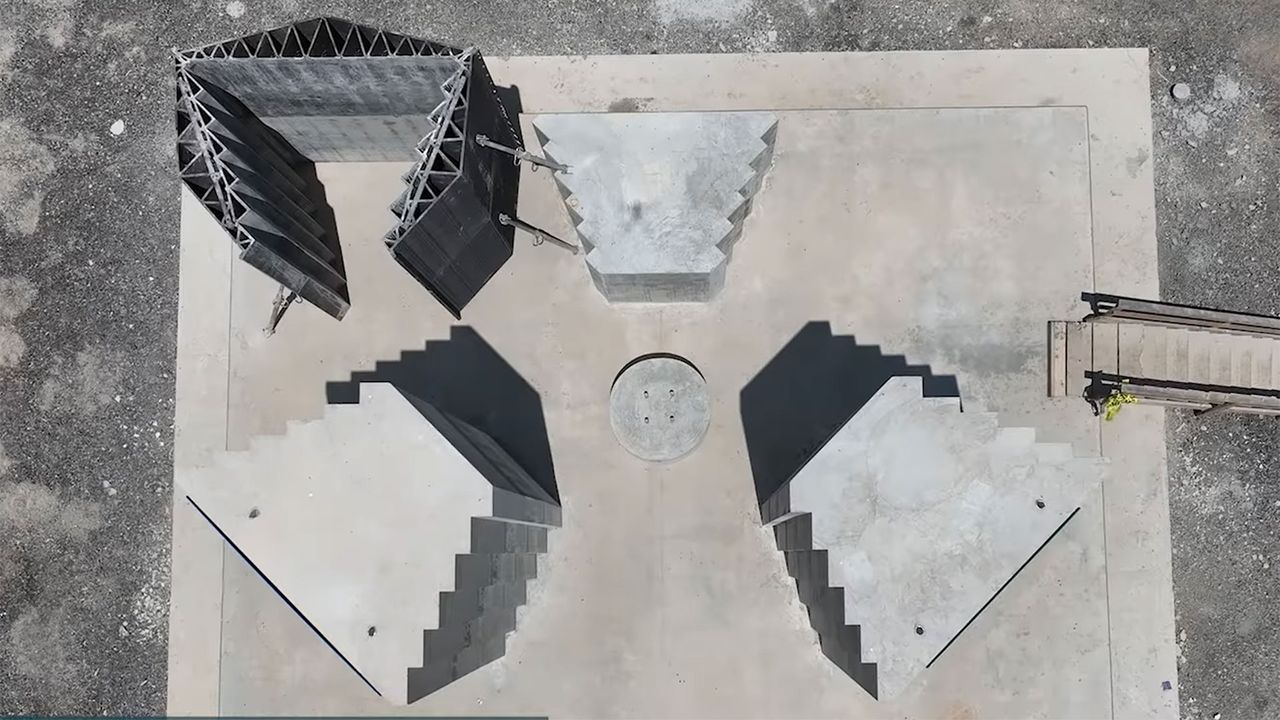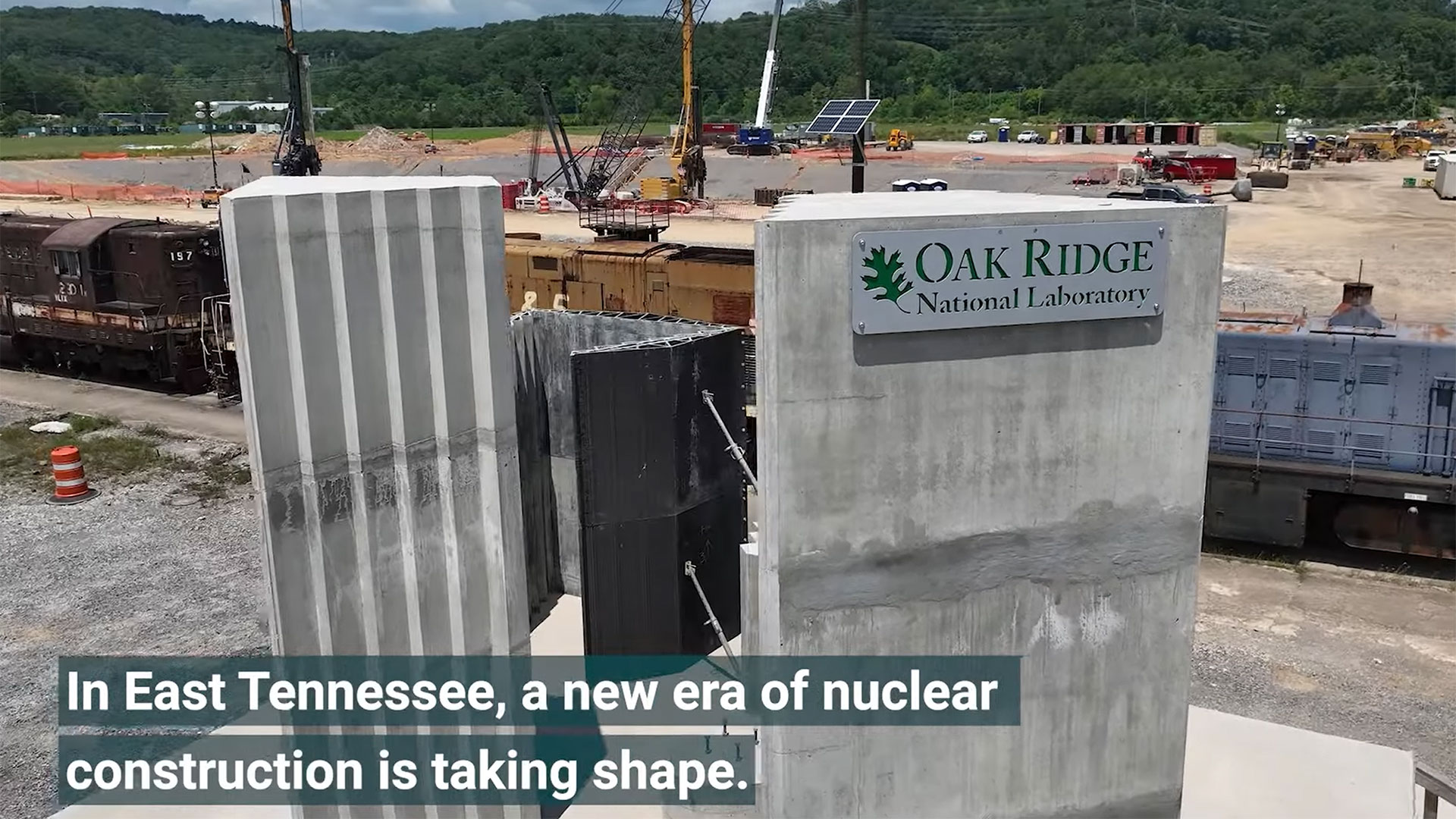
3D printing is tipped to have a pivotal part to play in “a new era of nuclear construction.” The assertion comes after the U.S.'s Oak Ridge National Laboratory (ORNL) successfully integrated 3D printing and AI into the smart manufacturing of nuclear infrastructure. The ORNL partnered with Kairos Power, Barnard Construction, Airtech, TruDesign, Additive Engineering Solutions, Haddy, and the University of Maine to successfully create polymer concrete forms for the Hermes Low-Power Demonstration Reactor. Impressively, it is claimed this manufacturing technology “slashed construction time from weeks to days.”

The 3D printing tech here is used for creating high-precision forms, and the casting of polymer concrete precisely where they’re required. Some of the forms are simple, but an inherent quality of this type of production comes into play with the construction of components featuring unique geometries, all with the requisite precision.
In the above video, you can see a 3D printer arm busy piping material on the Hermes Low-Power Demonstration Reactor site in East Tennessee. Specifically, the footage shows sections of concrete shielding columns being output, then finessed by operatives with power grinding tools.
It is specifically claimed that the large-scale 3D-printed composite forms were used for radiation shielding in the reactor. Overall, the 3D printing tech did its business in "just 14 days," instead of weeks. Previously, the same fabrication task took more than two weeks, we assume.
The above work is part of a U.S. Department of Energy (DOE) funded project that aims to bring scalable nuclear energy to the grid. In its blog post, the ORNL says that this SM2ART Moonshot Project hopes to “reduce cost, improve design agility, and strengthen domestic supply chains for the next generation of U.S. reactors.”
Regular readers are probably all too aware of the rocketing power demands of the IT industry. After a brief respite at the end of the crypto mining boom, energy generation around the world is now being squeezed by the rapidly growing demands of AI data centers. Nuclear looks set to play a big part in our AI-powered futures.
Follow Tom's Hardware on Google News to get our up-to-date news, analysis, and reviews in your feeds. Make sure to click the Follow button.







